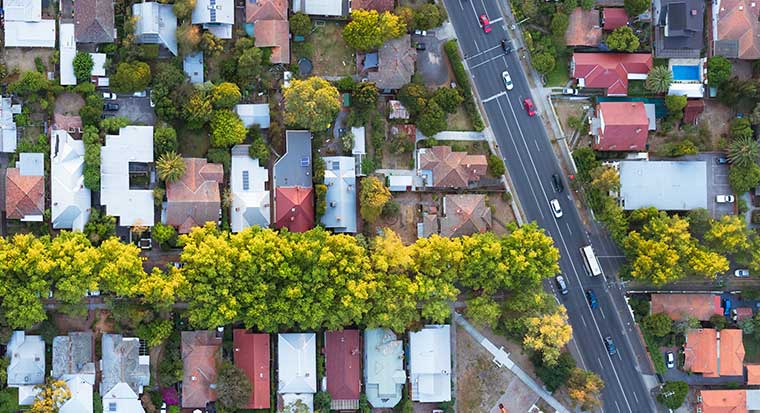This record fall in economic activity was largely driven by the private sector – much of which was restricted (and in some instances shut down) by the COVID-19 pandemic.
Importantly however, the economic shutdown, combined with Australia’s testing, tracking and tracing methods, ultimately helped to slow the spread of the COVID-19 virus and kept the rate of infection in Australia very low by global standards.
Looking ahead, it is fair to say the economic side-effects associated with COVID-19 will hang around for some time to come.
Even with an expected recovery in economic growth of around 2.0 per cent – 2.5 per cent in 2021, it will take until at least the first quarter of 2022 before the Australian economy returns to the same size as it was pre-COVID.
Indeed, any economic recovery will be slow.
Population growth – which has long played a key role in Australia’s economic growth – will continue to slow dramatically.
Australia’s population growth increase, pre-COVID, was approximately 400,000 people per year. With the borders set to remain closed for the remainder of 2020 and well into 2021, Australia’s population growth rate could decline to just 180,000 per year.
Such an outcome could be expected to have a significant impact on many sectors of the Australian economy, including residential construction, education, tourism, agriculture and retail consumption – to name but a few.
A collapse in the population growth rate is, therefore, one of the key risks for the Australian economy over the coming years. In a post-COVID recovery phase, it will be critical for the Commonwealth and state governments to work more closely together to support a long-term sustainable population strategy.
This could include measures to better target and manage international immigration and policies aimed at supporting improvements in the natural population growth rate.
In addition to a falling population growth rate, the unemployment rate is expected to remain high in coming months, peaking around 7.8 per cent, before declining in 2021.
With this in mind, it is likely the monetary policy setting will remain accommodative over a number of years.
Even as the economy improves, there will be a large output gap. This means there will be a significant amount of slack in the economy that will need to be eroded before monetary policy is tightened.
As such, we should expect the cash rate to sit at 0.25 per cent until at least mid-2022.
Apart from the broad tools on monetary policy, the pathway to recovery for the Australian economy is also likely to involve a number of targeted policy measures.
Specifically, as the government identified in the Budget, a focus on infrastructure spending will continue to be a key part of the economic recovery plans.
The Government’s decision to bring forward the legislated income tax cuts to 1 July 2020, which were originally slated for 1 July 2022, will also help support demand growth in the economy.
Finally, current diplomatic tensions in the trade relations between Australia and China will need to be resolved if we wish to return to economic growth in not-too-distant future.
China is Australia’s largest trading partner – by a long way – taking close to 40 per cent of Australia’s exports.
Australia’s exports account for approximately 25 per cent of the nation’s GDP, and our exports to China account for approximately 6.5 per cent of Australian economic activity.
If Australia’s trade relationship with China was to deteriorate significantly, and especially if it was to spread to the country’s major commodity exports, then this would be a source of downside risk to Australia’s economic growth outlook.
Source: Commonwealth Bank of Australia, Global Economic & Markets Research report “CBA Economics: Vantage Point by Stephen Halmarick - Chief Economist - Pathway to Recovery”, published 9 July 2020, author Stephen Halmarick.
Disclaimer: This report is published solely for information purposes. As this report has been prepared without considering your objectives, financial situation or needs, you should before acting on the information in this report, consider its appropriateness to your circumstances and if necessary seek the appropriate professional advice. The information in this report and any opinions, conclusions or recommendations are reasonably held or made, based on the information available at the time of its publication but no representation or warranty, either expressed or implied, is made or provided as to the accuracy, reliability or completeness of any statement made in this report. Commonwealth Bank of Australia ABN 48 123 123 124. AFSL and Australian credit licence 234945. Full Global Economic & Markets Research disclaimers can be found at www.commbankresearch.com.au.



